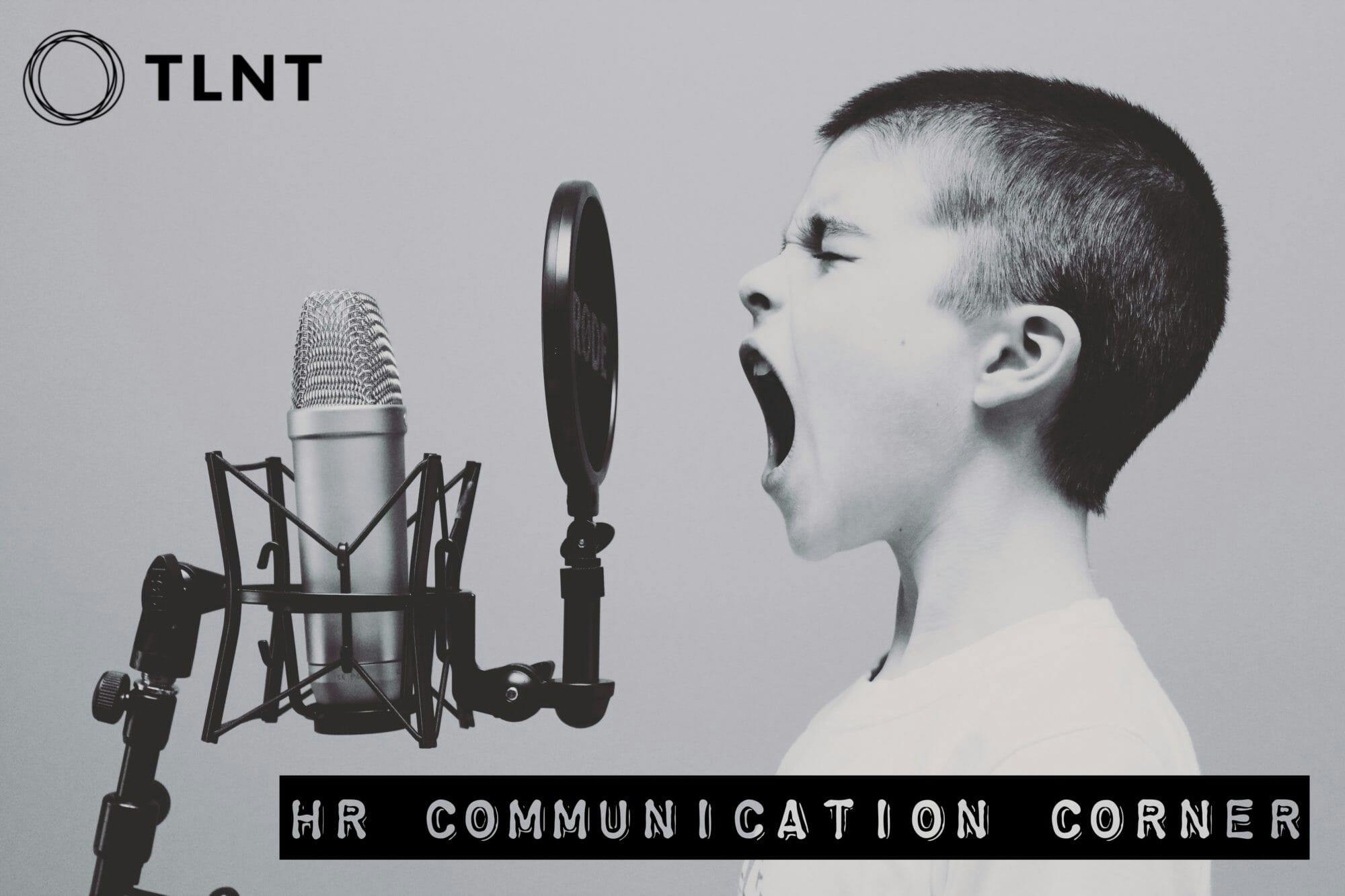For 20 years, I was married to someone who struggled with depression, despite years of therapy and in-patient care at psychiatric hospitals. At one point his psychiatrist offered this explanation to me: “It’s like he grew up in a forest with no emotional connection to another human being. That’s difficult to overcome at any age.”
That awareness has stayed with me as I’ve watched other people interact throughout my coaching and consulting career. Some people connect with others naturally; others do not. Like last week at a conference I attended.
At the start of the session while we were gathered around tables in groups of 10, the leader asked everyone to state their first name quickly. What struck me was that a couple of the people mumbled their name as if they didn’t intend to be heard. These same two people continued to sit mute, looking bored.
At the end of the session, several people from the table stood but lingered, chatting with one another. But the two people we’re discussing here left immediately, going their separate ways. At lunch when the larger group gathered, same behavior from them.
Does that mean the policies at this sponsoring organization excluded these “non-connectors”? Hardly.
Why Don’t People Necessarily Want to Connect With Others?
Many reasons keep people tethered to their own thoughts and playthings:
- Timidity
- Preoccupation with their own projects
- Preoccupation with problems
- Fear of rejection
- Depression or illness
- A sense of unworthiness
- Boredom
- A dislike for or distrust of others
- Preference for solitude
Fostering Connection and Inclusion
It’s important to keep in mind that body language that shouts “stay away” may be someone’s form of self-protection. At the same time, it can be difficult to determine if that stay-away demeanor is actually begging for someone to break through the protective shield. Often it takes a specialist (trained consultant, facilitator, therapist) to make a connection, build trust, and establish rapport that encourages them to let down their guard.
But when no extraordinary or extenuating circumstances exist that dictate the need for a therapist in the room, you can create an open environment where people connect, contribute, and collaborate. Consider these fundamentals:
- Have a skilled facilitator moderate discussions — someone with the knowhow to control dominating personalities.
- Invite comments on all sides of an issue.
- Play devil’s advocate as a group leader — that is, air an unpopular viewpoint to the group and ask for feedback.
- Demand that all comments be aired in a respectful manner.
- Insist that all speakers identify themselves before speaking. This provides accountability for what’s said.
- Allow people to provide questions or input anonymously online or on written cards to be relayed by an emcee when the topic’s sensitive.
Again, all these techniques invite both the outgoing and the timid equal access to be heard.
With all the emphasis today on inclusion, keep in mind that sometimes it’s not about policies that eliminate, discriminate, or intimidate. Sometimes silence may simply mean someone has nothing meaningful to say.
